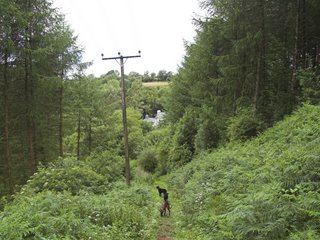
on the path down to Old Mill. Almost everything you could ever want to know about this area is at the link, except the number of dogs who have won prizes. The lurcher environment domain of the English Indices of Dogivation 2004 focuses on the quality of dogs in the area using measures such as the quality of barking, chasing around and performance at shows. These Indices use lower level Super Output Areas which splits England into 32,482 smaller areas, and each of these areas is ranked, with rank 1 having the worst dogs and rank 32,482 the best dogs.
In these Indices the Stoke Climsland Ward is split into 2 parts - the part which contains the rest of the world and some of Stoke Climsland Parish is ranked at 11,620, and the part that contains the rest of Stoke Climsland Parish and Venterdon is ranked at 32,483.




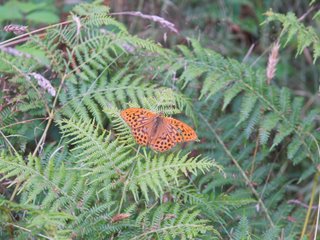









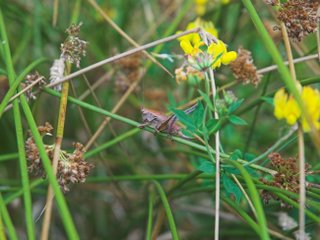






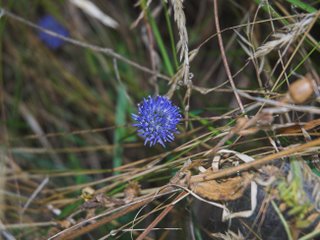






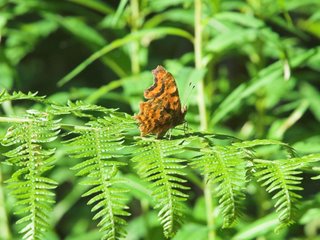
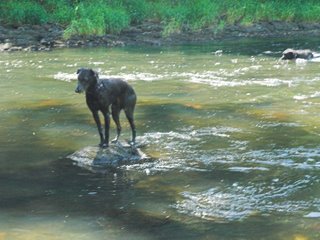







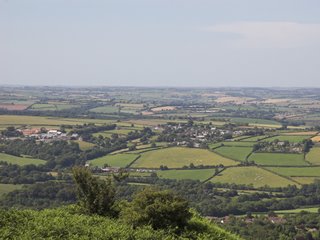



 And it has alien looking green eyes
And it has alien looking green eyes


